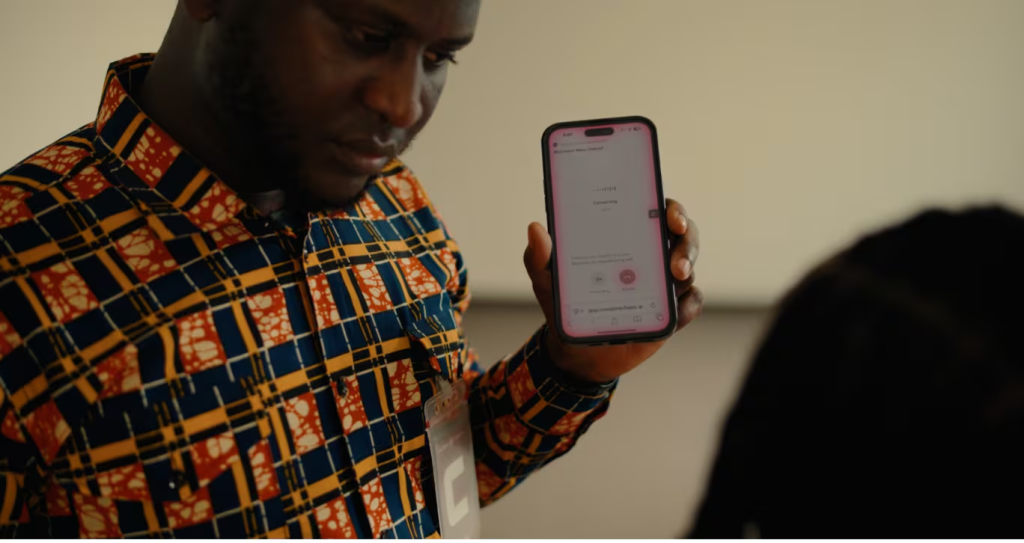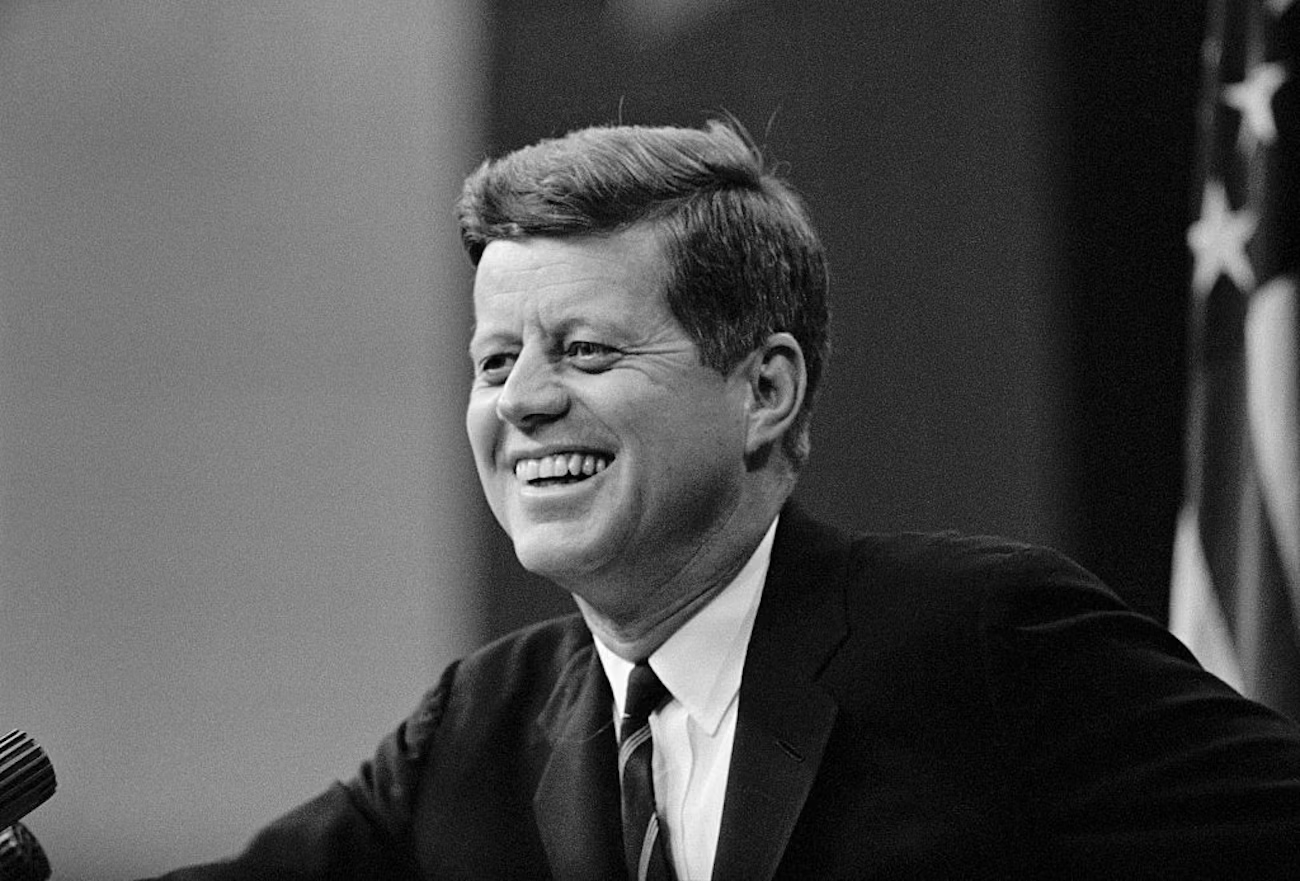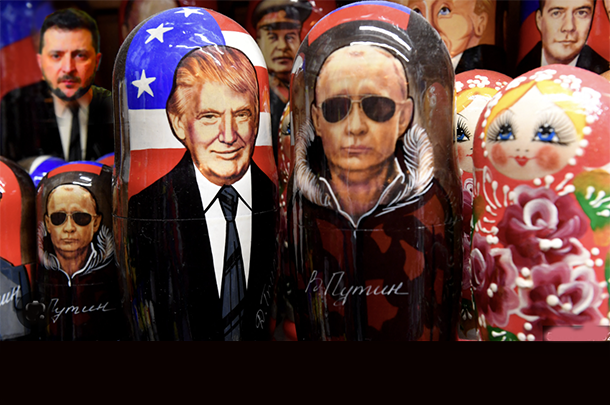This article is part of: Centre for AI Excellence
- In July 2025, a group of climate negotiators from nine African countries gathered at the UNFCCC campus in Bonn.
- Supported by AI, they engaged in a live, collaborative process that helped them structure priorities, identify shared ground and accelerate alignment.
- If diplomacy is to remain a tool for peace, inclusion and progress, it must become more human, not in spite of AI, but with its support.
As global challenges become more interconnected, the processes designed to solve them are under strain. Climate negotiations, for example, can now encompass more than 120 agenda items compressed into a few days. Delegates face over 100,000 pages of material, often with limited support and even more limited time. Amid this growing complexity, diplomacy is increasingly defined, not by disagreement, but by misalignment.
In July 2025, a group of climate negotiators from nine African countries — representing over 178 million people — gathered at the United Nations Framework Convention on Climate Change (UNFCCC) campus in Bonn to try something new. Supported by artificial intelligence (AI), they engaged in a live, collaborative process that helped them structure priorities, identify shared ground and accelerate alignment.
This wasn’t a simulation. It was a real project co-led by the Centre for Multilateral Negotiations (CEMUNE) and ComplexChaos, a startup which we run, based in Silicon Valley and backed by a VC chaired by Reid Hoffman and funded by Bill Gates, Jeff Bezos and Mark Zuckerberg, along with angels, such as the co-founders of WhatsApp, Google Assistant and OpenGov.
“What we saw was the power of early, fully inclusive coordination,” said Huw Davies, Managing Director of CEMUNE.
In the sessions, participants used AI to generate structured questions, surface overlooked perspectives and synthesize negotiation inputs in real time. The experience helped transform fragmented preparation into a more inclusive and confident process. According to post-session feedback, 91% of participants reported uncovering insights they would have otherwise missed; perceived co-presence tripled during solo preparation; empathy rose by 35%; and coordination time was reduced by 60%.
Have you read?
- These 3 GenAI examples show the power of science diplomacy
- Why health diplomacy is central to easing many of today’s health crises
- 5 ways Singapore is building trust in AI for better patient care

“It felt like I had someone with me in the room — even though I was negotiating alone,” said Sambou Kinteh from the Ministry of Environment in Gambia, photographed above. “This tool helps you understand your position, but also the perspectives of others, which makes compromise more achievable,” added Esther Mireku of Ghana’s Environmental Protection Authority.
“AI offers something rare: the potential to level the playing field,” noted Cecilia Njenga, Director at the UNFCCC Secretariat, in her opening remarks to the panel to kick off the AI demo room. “It can enhance the capacity of underrepresented voices and make negotiations smarter and more inclusive.”
A broader pattern: AI as infrastructure for participation
Across sectors, efforts are emerging to rethink how large, diverse groups coordinate and make decisions — especially under time pressure.
A recent article from the Carnegie Endowment for International Peace described how AI can unlock ‘public wisdom’ by synthesizing collective input and supporting deliberative processes. Similarly, the Collective Intelligence Project, a nonprofit focused on governance innovation, is developing a stack of public-good tools that include:
• Open-source constitutional alignment systems.
• AI-supported deliberation interfaces.
• Models that simulate the interests of future generations or non-human stakeholders.
Other organizations, including Talk to the City (AI Objectives Institute), ThinkScape, CrowdSmart and Janars, are experimenting with real-time feedback loops, swarm intelligence and agent-based dialogue models. While each varies in form, they share a common aim: turning AI from a tool of individual productivity into an enabler of collective clarity.
The coordination gap
The promise of these systems lies not in replacing human judgment, but in improving the conditions under which judgment is exercised. In diplomacy — as in enterprise strategy, philanthropy or municipal governance — the same basic question persists: How do we align across complexity, quickly and fairly?
“Negotiators today face not only technical complexity, but information overload,” said Pedro Ivo Ferraz da Silva, speaking on behalf of Brazil’s COP30 Presidency. “AI must be used not to replace diplomacy, but to strengthen it.”
The reality is that many of our institutions were not designed for today’s scale of interdependence. Our coordination tools – spreadsheets, slide decks and inboxes – are often brittle under pressure. The result is a process where many actors feel unheard and many strategies are reactive by default.
AI offers a new layer of infrastructure to help groups listen better, focus faster and document alignment as it emerges. When that happens, outcomes improve, not just because they’re more technically sound, but because more people see themselves in the process.
“It’s inspiring to see how companies like ComplexChaos are harnessing our advanced AI models to simplify complex, multifaceted information,” said Emmanuel Lubanzadio, Africa Lead at OpenAI. “This approach not only improves negotiation outcomes, but also ensures greater inclusivity and equity in global diplomacy.”
From dialogue to deployment
The work in Bonn is part of a larger initiative: #Geneva10, a cohort of senior professionals from The World Trade Organization, the UN Institute for Training and Research, the International Labour Organization, the UN Children’s Fund (UNICEF), the International Federation of Red Cross and Red Crescent Societies, Geneva Science and Diplomacy Anticipator, and others exploring how these tools might be used beyond climate to support coordination in public health, migration and post-conflict recovery.
These conversations are not theoretical. Global systems — from humanitarian response to climate financing — require more than new policies. They require shared understanding. By making alignment more transparent and repeatable, AI-supported facilitation offers an alternative to the ‘last-minute scramble’ model that defines many international processes today.
What comes next?
We now have the opportunity to scale these methods with care. ComplexChaos and CEMUNE are planning additional deployments ahead of COP30 and are inviting collaboration from governments, NGOs and cross-sector alliances working through complex stakeholder challenges.
The work of designing tools for collective intelligence is just beginning. But its direction is clear. If the 20th century was defined by broadcast institutions — parliaments, media and multinational boards — the 21st will be shaped by participatory systems that can move at the speed of complexity.
That won’t come from AI alone. But AI, thoughtfully deployed, can help. If diplomacy is to remain a tool for peace, inclusion and progress, it must become more human, not in spite of AI, but with its support.






